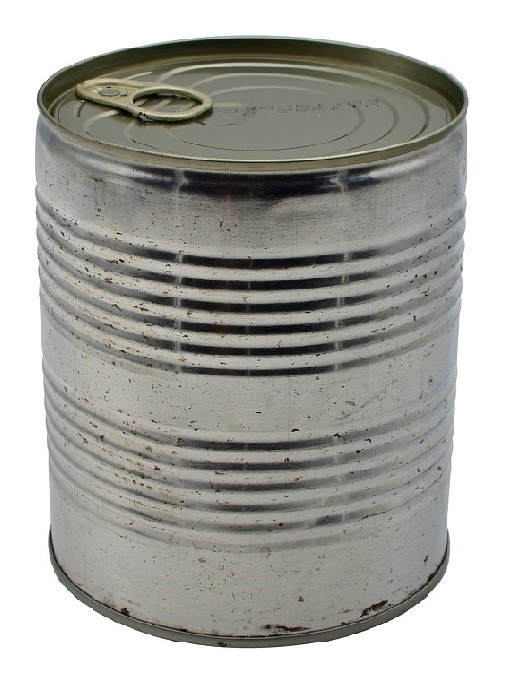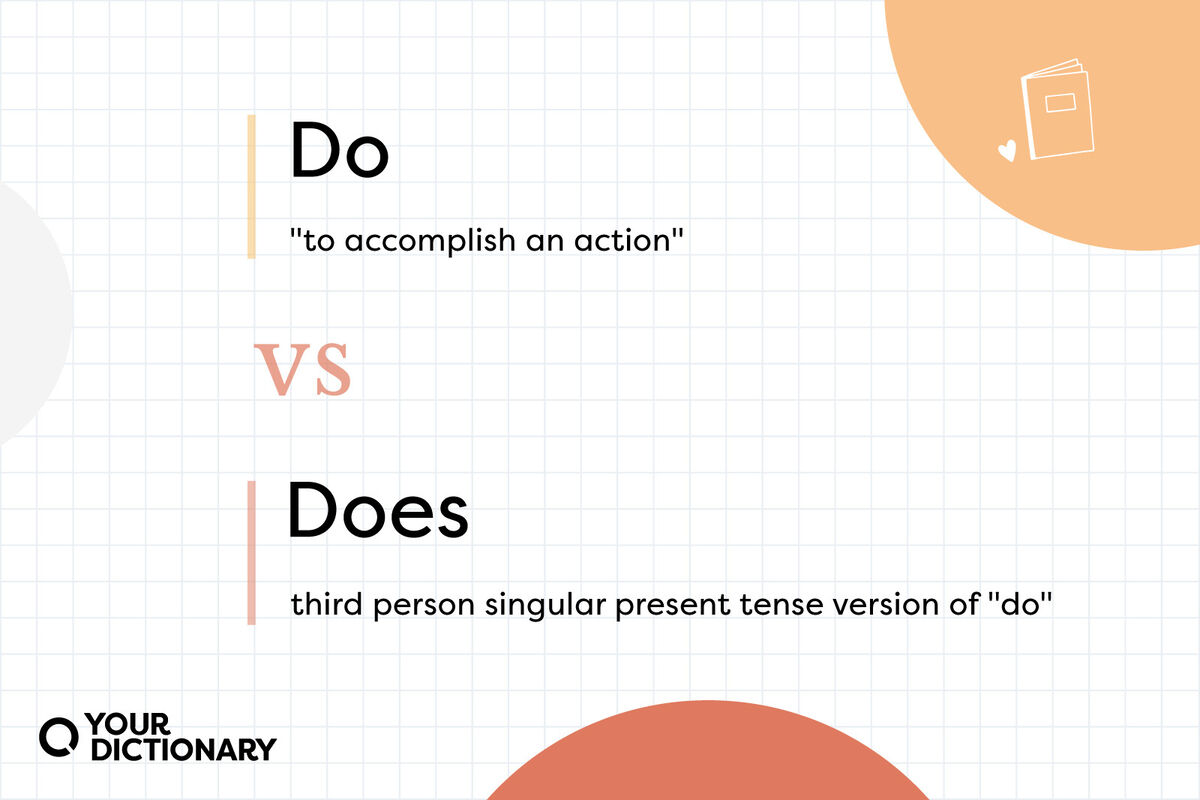Automotive Paint Application: Complete Spray Techniques for Professional Results
Understand automotive paint systems
Automotive painting involve a complex layered system design to protect and beautify vehicle surfaces. Modern automotive finishes typically consist of primer, base coat, and clear coat layers, each serve specific functions in the overall paint system.
The primer provide adhesion and corrosion protection while create a uniform surface for subsequent layers. Base coat deliver color and coverage, while clear coat add depth, gloss, and protection against environmental damage. Understand this system is crucial for achieving professional results.

Source: amazon.com
Essential equipment for automotive painting
Professional automotive painting require specific equipment design for precision and quality. A high quality spray gun represents the virtually critical tool in your arsenal.Helpp( high volume low pressure) guns offer excellent transfer efficiency and reduced overspray, make them ideal for automotive applications.
Compressor selection play a vital role in paint quality. Choose a compressor capable of deliver consistent pressure with adequate CFM (cubic feet per minute )rating for your spray gun requirements. Most automotive spray guns require 10 15 cfCFMt 40 psi for optimal performance.
Additional essential equipment include moisture traps, pressure regulators, spray booths or intimately ventilate areas, mix cups, strainers, tack cloths, and appropriate personal protective equipment include respirators, gloves, and coveralls.
Surface preparation fundamentals
Proper surface preparation determine paint adhesion and finish quality more than any other factor. Begin by good clean the surface with appropriate degreases to remove oils, waxes, and contaminants that could cause adhesion problems.
Sanding create the mechanical bond necessary for paint adhesion. Use progressive grits start with coarser papers for heavy defects and finish with finer grits. For primer application, 320 400 grit provide adequate tooth for adhesion.
Remove all sand dust use tack cloths or compress air follow by solvent wiping. Any will remain contaminants will telegraph through the paint system, will create defects that will require costly repairs.
Mix and thinning automotive paint
Accurate mixing ratios ensure proper paint performance and appearance. Invariably follow manufacturer specifications for mix ratios, as incorrect proportions can result in poor adhesion, inadequate durability, or color variations.
Use graduated mix cups for precise measurements. Most automotive paints require specific ratios of paint, reducer, and hardener. Temperature and humidity affect thinning requirements, with warmer conditions typically require slower reducers to prevent problems like orange peel or dry spray.
Strain mixed paint through appropriate mesh filters to remove any contaminants or unmixed particles that could cause finish defects. Most automotive applications benefit from 125 190 micron filters.
Spray gun setup and adjustment
Proper spray gun setup ensure flush coverage and professional results. Begin by adjust air pressure accord to manufacturer recommendations, typically 25 30 psi at the gun for help systems.
Pattern adjustment control spray width and shape. Start with a 6 8 inch pattern for most automotive applications, adjust base on panel size and coverage requirements. The fluid adjustment control paint flow rate and should be set to provide adequate coverage without runs or sags.
Test spray patterns on practice panels before apply paint to the vehicle. Look for regular coverage, proper atomization, and consistent color density across the entire pattern.
Base coat application techniques
Base coat application require specific techniques to achieve uniform color coverage and proper foundation for clear coat. Maintain consistent gun distance of 6 8 inches from the surface throughout the application process.
Apply base coat in thin, flush coats with 50 % overlap between passes. Avoid heavy application that can cause runs, sags, or extend flash times. Most base coats require 2 3 coats for complete coverage and hiding.
Allow proper flash time between coats as specify by the manufacturer. Insufficient flash time can cause solvent popping or poor intercoat adhesion, while excessive flash time may require additional coats for proper coverage.
Maintain wet edge technique when spray large panels to prevent color variations or lap marks. Work consistently across the panel, maintain consistent speed and distance.
Clear coat application mastery
Clear coat application demand precision and technique to achieve the deep, glossy finish characteristic of professional automotive paint jobs. Clear coat serve multiple functions include UV protection, chemical resistance, and provide the final appearance properties.

Source: dustmitesolutions.com
Begin clear coat application instantly after the base coat reach proper tack. This window varies by product but typically range from 15 minutes to several hours. Follow manufacturer guidelines foredcoatat windows to ensure proper adhesion.
Apply clear coat in slimly heavier coats than base coat, typically require 2 3 coats for adequate build and protection. Each coat should provide flush, wet coverage without runs or dry areas.
Maintain consistent spray technique with smooth, overlapping passes. Will avoid will stop mid-panel or will change technique during application, as these variations will be visible in the final finish.
Environmental considerations
Temperature and humidity importantly impact paint application and curing. Ideal conditions range from 65 75 ° f with relative humidity below 50 %. Higher temperatures accelerate solvent evaporation, potentially cause dry spray or orange peel texture.
High humidity can cause blushing in lacquer base products or extended cure times in other systems. Use appropriate reducers and hardeners design for current environmental conditions.
Ensure adequate ventilation for both safety and paint quality. Poor air circulation can cause solvent entrapment, lead to soft paint films or extend cure times.
Common problems and solutions
Orange peel texture results from improper atomization, incorrect spray distance, or environmental conditions. Reduce air pressure, adjust fluid flow, or change to slower reducer to improve flow and leveling.
Runs and sags occur from excessive film build, improper spray technique, or contaminate surfaces. Apply thinner coats, maintain proper gun distance, and ensure thorough surface preparation.
Color variations can result from inconsistent spray technique, improper mixing, or environmental factors. Maintain consistent application methods and ensure proper mixing ratios throughout the job.
Fisheyes appear arsenic circular defects cause by silicone contamination. Soundly clean surfaces with appropriate solvents and consider use fisheye eliminator additives in severe cases.
Cure and finishing
Proper curing ensure maximum paint performance and durability. Follow manufacturer recommendations for cure times and conditions. Force drying with heat lamps or ovens can accelerate cure times but require careful temperature control.
Avoid contamination during the cure process by maintain clean environments and protect fresh paint surfaces from dust, moisture, and temperature extremes.
Final finishing may require wet sanding and polish to achieve show quality results. Use progressive grits start with 1000 1500 grit wet sandpaper, finish with appropriate polishing compounds.
Safety and environmental responsibility
Automotive painting involve hazardous materials require proper safety precautions. Invariably use appropriate respiratory protection, include supply air systems for professional applications or high quality organic vapor respirators for smaller jobs.
Provide adequate ventilation to prevent solvent accumulation and ensure safe work conditions. Explosive vapor concentrations can develop in unwell ventilate areas.
Dispose of paint materials, solvents, and contaminate items accord to local environmental regulations. Many automotive paint components contain heavy metals and volatile organic compounds require special handling.
Store paint materials in appropriate containers outside from heat sources and incompatible materials. Maintain proper inventory rotation to ensure materials remain within their usable life spans.
Advanced techniques and tips
Professional painters develop techniques that improve efficiency and quality. Blend techniques allow seamless repairs that eliminate visible repair boundaries. This involves extend paint application beyond the damage area and gradually reduce coverage density.
Color matching require understand how metallics and pearls behave under different spray conditions. Adjust spray pressure, distance, and application speed to achieve proper metallic orientation and color match.
Panel paint sequence affect final appearance, specially with metallic colors. Maintain consistent spray angles and techniques across all panels to ensure uniform appearance under various lighting conditions.
Quality control throughout the process prevent costly repairs. Inspect each coat for defects before proceed to the next step. Address problems instantly sooner than attempt to cover them with subsequent coats.



